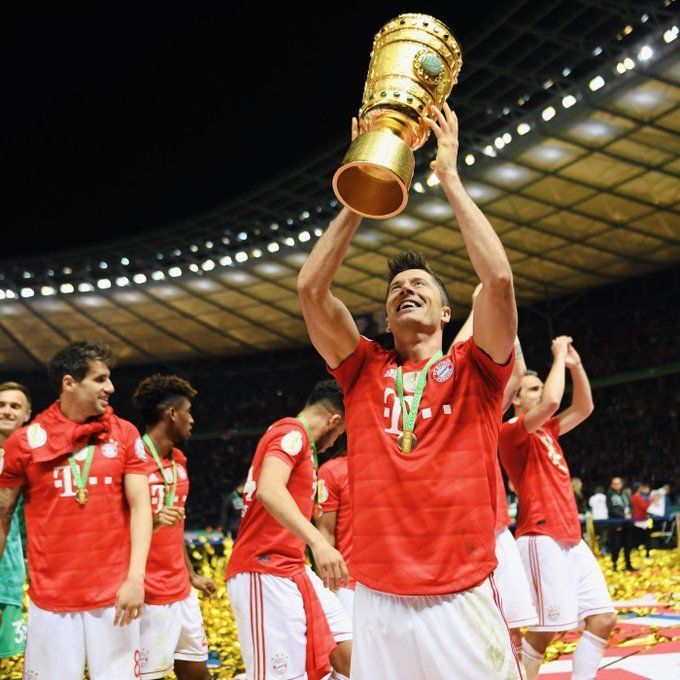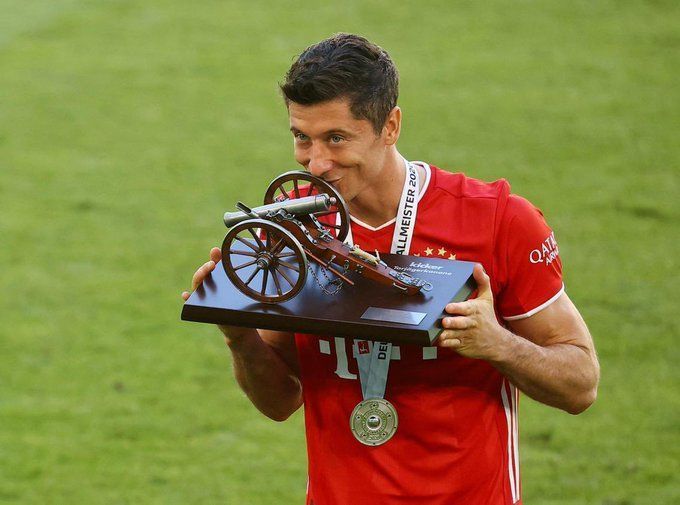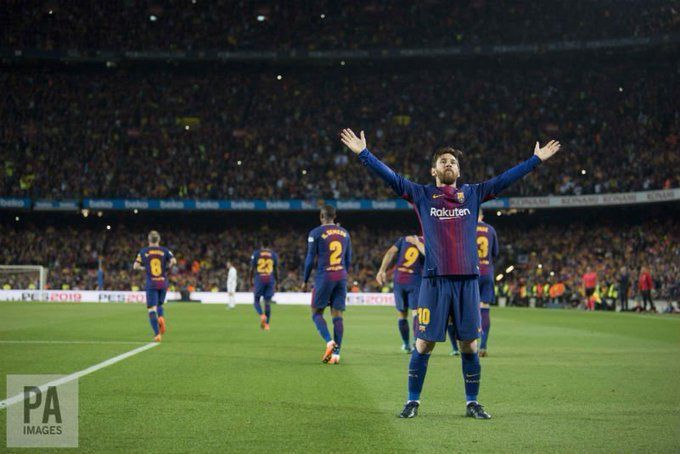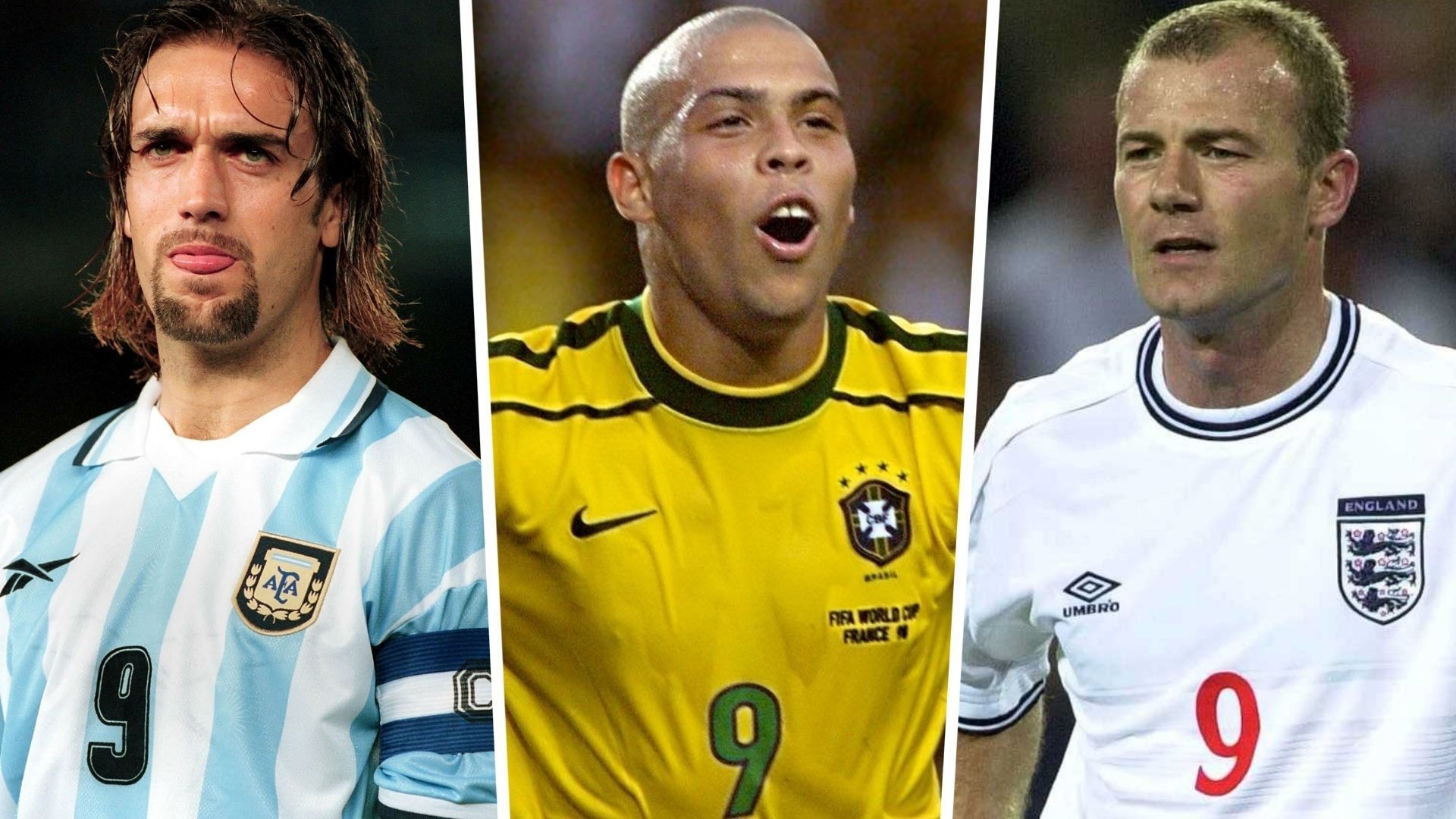
Do 'Proper Number Nines' Exist in Football Anymore?
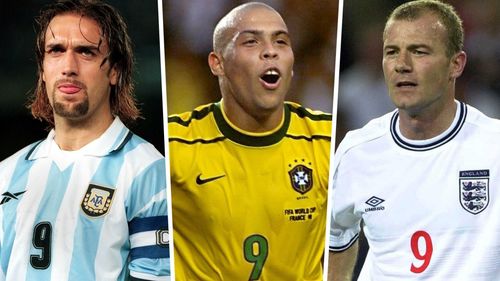
"He is the best number nine ever!". This is a conversation whenever the likes of Harry Kane, Robert Lewandowski or any other forward hits a rich vein of form. The issue with this question is the fact that the number nine doesn't really exist.
Every country has its own interpretation of the game we love. The British claim to have invented it, the Dutch refined it and the Brazilians made people fall in love with it. In the late noughties and early teens, it seemed Spain had conquered it. When you look at every national footballing powerhouse, you can see a huge difference in how the game was taught, from country to continent.
England became synonymous with a rigid four-four-two formation. Italy introduced us to solid defending, usually backed by a 'Libero' - a sweeper in more modern terms. The Germans brought the world structure - again using a Libero. The Dutch welcomed us all to 'Total Football', thanks in part to Johan Cryuff.
But ever wondered what the numbers on a footballer's back represent? How does each country interpret them and where do they stand in today's game?
In England's standard four-four-two formation, the centre-halves were number five and six and the central midfielder numbers were four and eight. Which is unlike many other European countries' views on player numbers, the number six, for example, is a position more associated with a defense-minded midfielder.
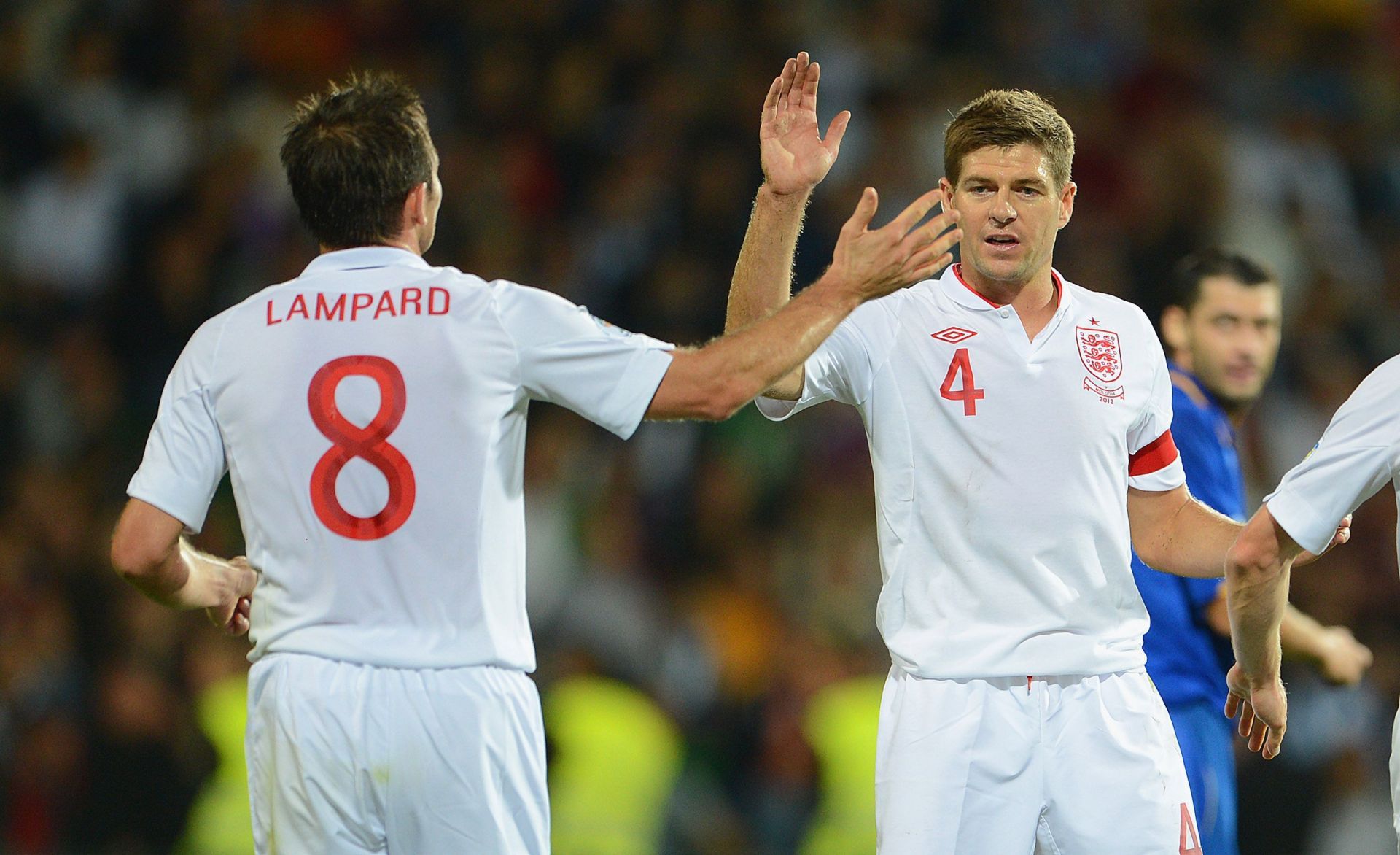
The number eight is your typical box-to-box midfielder. England have relied on having two for many years, particularly Steven Gerrard and Frank Lampard. The number 10, which in a typical England line-up you would find upfront, is more commonly associated with an attacking midfielder.
Fans love a great number nine
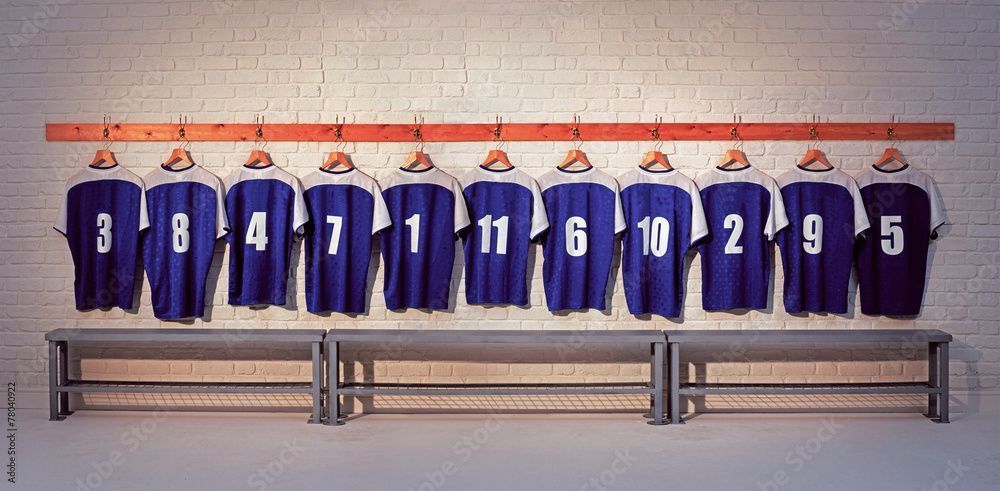
In the 90s, players like Alan Shearer, Gabriel Batistuta and Ronaldo Nazario, all renowned number nines were at the top of every club's shopping list. In fact, the transfer record was broken nine times in the 1990s. Of those nine transfers, six were for out-and-out strikers. Two of those transfers were known more as second strikers, while one was known as a winger.
Now, this isn't to say that the number nine role was created this decade. The truth is far from it. Goalscoring has been the name of the game since its inception, and goalscorers are the best known names on the terraces. The 90s just encapsulated the names on the shirts, perhaps because designated squad numbers became commonplace in this era. So players were more associated with specific numbers.
So, in 2022 do we still view strikers as number nines? Well, it depends entirely on who you ask. For example, most pundits on British television still believe football is about being rough and ready. They expect the team to be set up in a rigid four-four-two and often think of the fullback as a failed central defender.
At clubs like Manchester City and Liverpool, the same has been said numerous times over the past few years, referring to their 'lack of a proper number nine'. Yes, arguably the two best teams in Europe are suffering because they don't have a target man!
Even the quintessential number nine in today's game, the likes of Harry Kane and Karim Benzema are two of the hardest working forwards in the game. The Real Madrid man spent many years doing Cristiano Ronaldo's dirty work whilst the Portuguese icon stole the headlines. The England captain is a master of dropping deep and starting attacks from the number 10 position.
Robert Lewandowski, regarded as one of the greatest goalscorers in the history of the game, is reverred for his workrate and defensive work. They all contributed with multiple assists too. Lewandowski himself already has over 130 in his career on top of his 500 plus goals.
Going back to the 90s, Alan Shearer only once contributed more than seven assists in a whole league season. Gabriel Batistuta had only 17 assists in his whole career. We understand the reason for using the term 'proper number nine' but football has evolved, and terms like this need to be disposed of.
Evolution of football positions
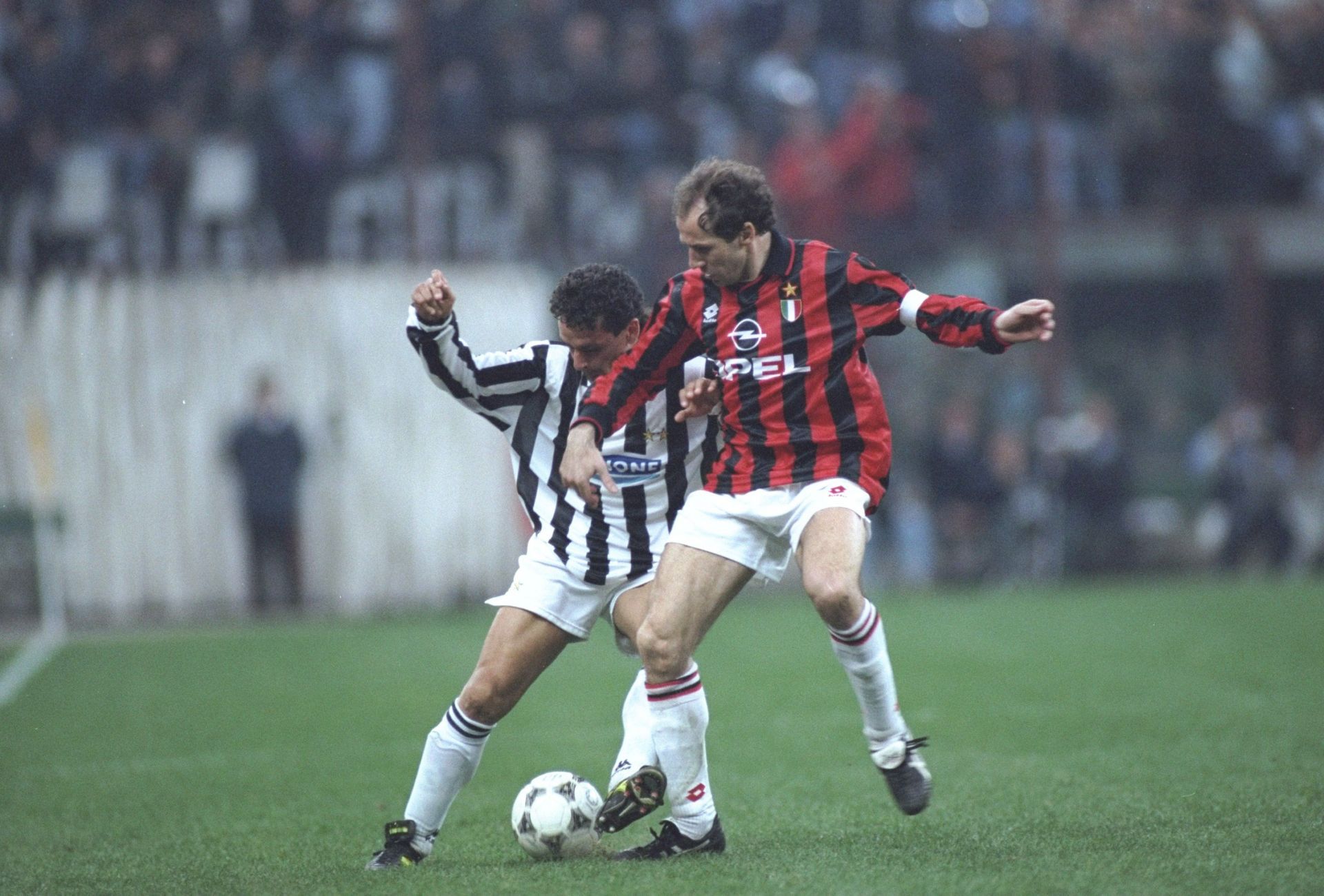
Many positions on the football field come and go. The Liberos are a forgotten breed, and wide midfielders have gone almost as quick as the four-four-two formation. And number nine's are quickly following suit, in fact they have been following suit for a while now. Perhaps it's true football romance in most of us that struggles to say goodbye.
Roberto Firmino, Kai Havertz, Lionel Messi and any of Manchester City's favored front three all lead the line. With more and more goals coming from wide areas, the number nine isn't relied on as much, thus gradually becoming obsolete and has somewhat been replaced with a typical number 10.
Firmino, for example, started life as an attacking midfielder. But with Mohammed Salah and Sadio Mane terrorizing from wide, Liverpool needed something different up top. The Brazilian had the skillset to hold the ball up and play perfectly timed balls to penetrate the opposition's backline. Jurgen Klopp also took advantage of Firmino's work rate in tracking back from the center forward position.
Perhaps it's just a sign of the times that forward players are expected to do more than score goals. Or, controvesially, maybe players are getting better and better compared to the likes of Shearer. Erling Haaland, the English-born, Norwegian goalscoring machine, has goalscoring numbers comparable to anyone in history. He already has more than twice the number of assists Batistuta has had in his career.
Football is drifting away from the notion of a striker in a set position on the pitch. A broader interpretation of referring to a specific player as a forward has been helped in part by players such as Cristiano Ronaldo, Lionel Messi and Neymar Jr. These players have outstanding numbers, and the former two in particular have constantly broken new ground in goalscoring.
A number nine no longer exists in football?
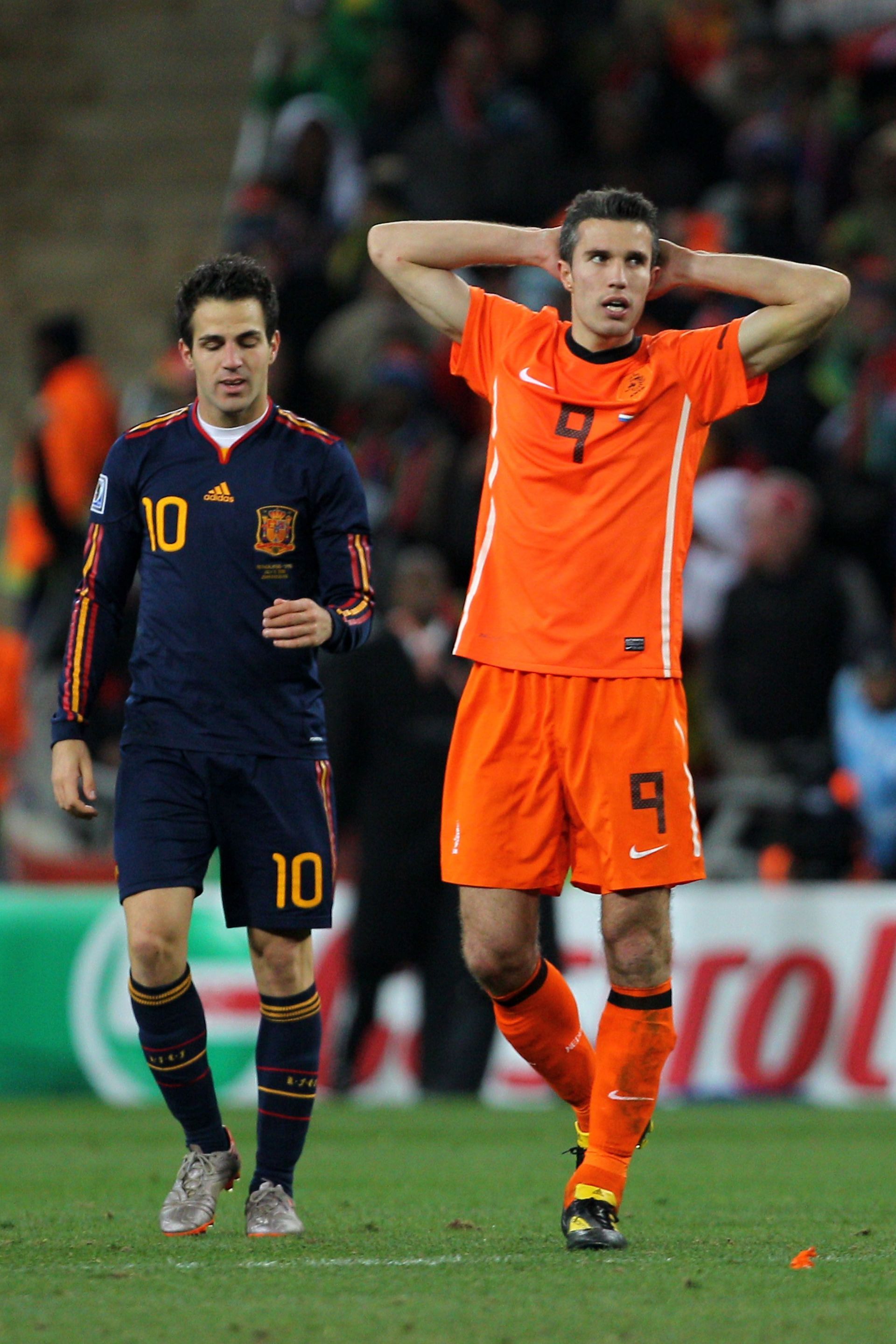
The answer is no. That is if the question relates to an Ian Rush-style player. A fox in the box, to use another term. Target men were for a time seen as number nine, and although these types of players still exist in football, Romelu Lukaku, Christian Benteke and Andy Carroll for example.
The hallowed number nine shirt is, of course, still a hot commodity. Players still want to wear it, and fans want a hero in the shirt. But the role of the number nine has evolved. The term 'forwards' is becoming broader day by day in football.
Goals come from a variety of positions on the front line and so do the assists. Every player in the attacking arrangements of a team is expected to provide the work of an old school seven, nine, 10 and 11.


